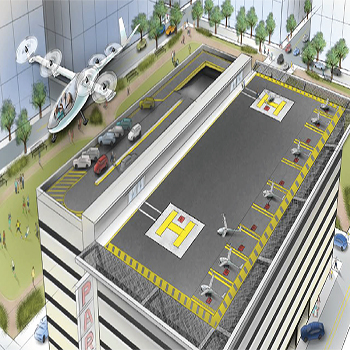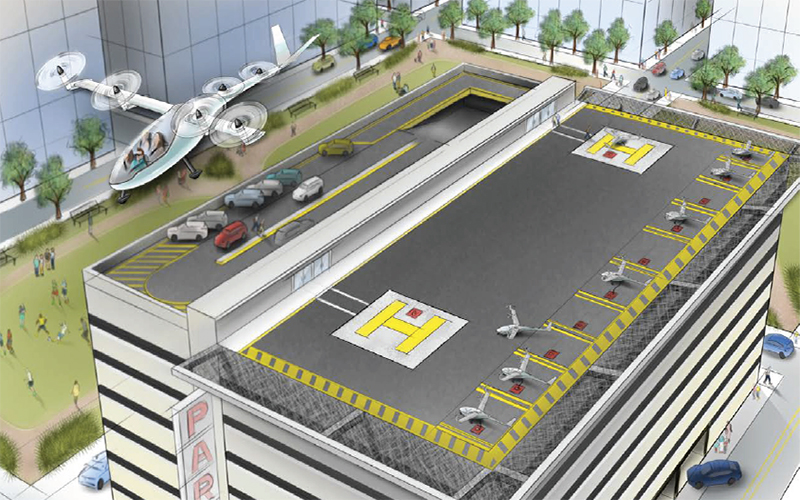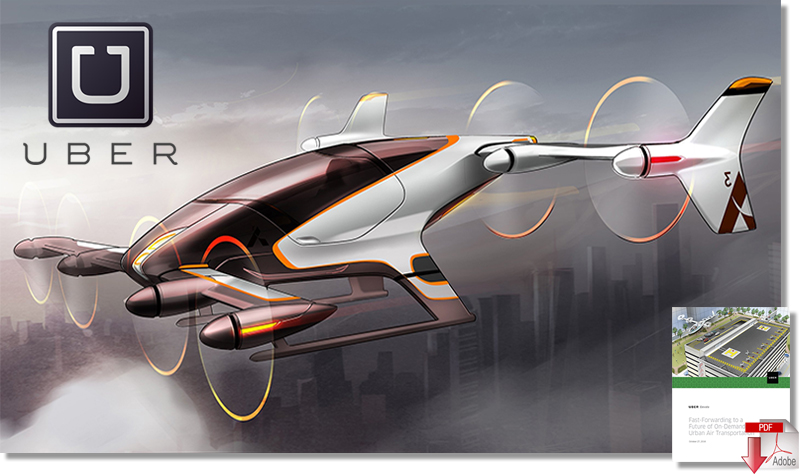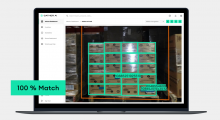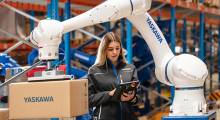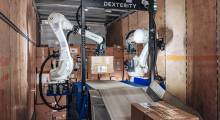Imagine traveling from San Francisco’s Marina to work in downtown San Jose - a drive that would normally occupy the better part of two hours - in only 15 minutes.
What if you could save nearly four hours round-trip between São Paulo’s city center and the suburbs in Campinas?
Or imagine reducing your 90-plus minute stop-and-go commute from Gurgaon to your office in central New Delhi to a mere six minutes.
Every day, millions of hours are wasted on the road worldwide.
Last year, the average San Francisco resident spent 230 hours commuting between work and home - that’s half a million hours of productivity lost every single day.
In Los Angeles and Sydney, residents spend seven whole working weeks each year commuting, two of which are wasted unproductively stuck in gridlock.
In many global megacities, the problem is more severe: the average commute in Mumbai exceeds a staggering 90 minutes.
For all of us, that’s less time with family, less time at work growing our economies, more money spent on fuel - and a marked increase in our stress levels: a study in the American Journal of Preventative Medicine, for example, found that those who commute more than 10 miles were at increased odds of elevated blood pressure.
On-demand aviation has the potential to radically improve urban mobility, giving people back time lost in their daily commutes.
Uber is close to the commute pain that citizens in cities around the world feel.
We view helping to solve this problem as core to our mission and our commitment to our rider base.
Just as skyscrapers allowed cities to use limited land more efficiently, urban air transportation will use three-dimensional airspace to alleviate transportation congestion on the ground.
A network of small, electric aircraft that take off and land vertically (called VTOL aircraft for Vertical Takeoff and Landing, and pronounced vee-tol), will enable rapid, reliable transportation between suburbs and cities and, ultimately, within cities.
The development of infrastructure to support an urban VTOL network will likely have significant cost advantages over heavy-infrastructure approaches such as roads, rail, bridges and tunnels.
It has been proposed that the repurposed tops of parking garages, existing helipads, and even unused land surrounding highway interchanges could form the basis of an extensive, distributed network of “vertiports” (VTOL hubs with multiple takeoff and landing pads, as well as charging infrastructure) or single-aircraft “vertistops” (a single VTOL pad with minimal infrastructure).
As costs for traditional infrastructure options continue to increase, the lower cost and increased flexibility provided by these new approaches may provide compelling options for cities and states around the world.
Ultimately, if VTOLs can serve the on-demand urban transit case well - quiet, fast, clean, efficient, and safe - there is a path to high production volume manufacturing (at least thousands of a specific model type built per year) which will enable VTOLs to achieve a dramatically lower per-vehicle cost.
The economics of manufacturing VTOLs will become more akin to automobiles than aircraft. Initially, of course, VTOL vehicles are likely to be very expensive, but because the ridesharing model amortizes the vehicle cost efficiently over paid trips, the high cost should not end up being prohibitive to getting started.
And once the ridesharing service commences, a positive feedback loop should ensue that ultimately reduces costs and thus prices for all users, i.e. as the total number of users increases, the utilization of the aircraft increases.
Logically, this continues with the pooling of trips to achieve higher load factors, and the lower price feeds back to drive more demand. This increases the volume of aircraft required, which in turn drives manufacturing costs down.
Except for the manufacturing learning curve improvements (which aren’t relevant to ridesharing being applied to automobiles), this is very much the pattern exhibited during Uber’s growth in ground transportation, fueled by the transition from the higher-cost UberBLACK product to the lower-cost and therefore more utilized uberX and uberPOOL products.
The remainder of our the UBER Elevate, Fast-Forwarding to a Future of On-Demand Urban Air Transportation white paper delves into these challenges for achieving a successful VTOL market, with an eye to surmounting them as quickly as possible, as well as our view on rider experience requirements.
Our intent here is to contribute to the nascent but growing VTOL ecosystem and to start to play whatever role is most helpful to accelerate this industry’s development.
Rather than manufacture VTOL hardware ourselves, we instead look to collaborate with vehicle developers, regulators, city and national governments, and other community stakeholders, while bringing to the table a very fertile market of excited consumers and a clear vehicle and operations use case.
At the end of the paper, we introduce an upcoming summit for vehicle developer entrepreneurs, regulators and cities, which we hope will help advance discussions and collaboration to bring on-demand urban air transportation to life.
Related Article: Uber’s Otto Self-Driving Autonomous Truck Makes It’s First (Budweiser Beer) Run
Article topics
Email Sign Up

